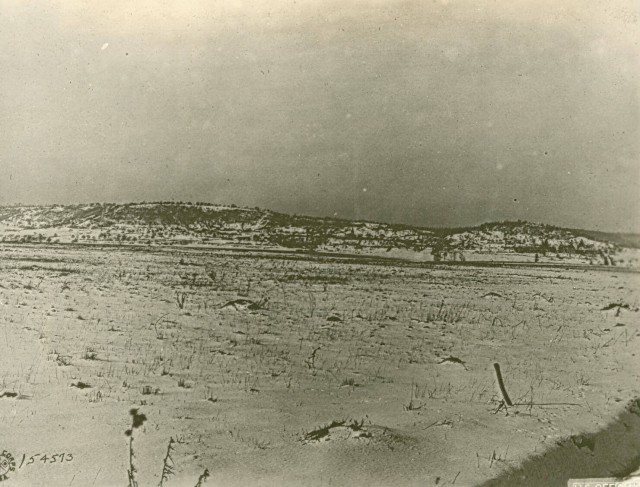In December 1887, in a farming community in middle Tennessee, a hero was born to humble parents, and they taught him to live for God in all that he did. The York family supplemented their income by hunting in the woods around Pall Mall, where young Alvin became an expert rifleman. He learned about life from the lessons taught to him by his parents and the local minister.
From the Pall Mall valley in Tennessee to the hills of the Argonne Forest in France, fame and notoriety found Alvin Cullum York. As a young man, he was Aca,!A"wild and bad,Aca,!A? enjoying drinking, smoking and gambling. This lifestyle changed when his mother challenged him to be a man like his father and grandfathers. Taking this challenge to heart, he carried her message with him into service for his country.
Alvin York was troubled about the thought of war and the taking of lives. Supported by his mother and their minister, he registered as a conscientious objector. Later, after a discussion about the Bible with his commander, he came to believe that if a man can make peace by fighting, then he is a peacemaker. There were no more objections from him about going to war. He felt God would sustain him and bring him home safely.
On October 5, 1918, Corporal Alvin C. York entered the Argonne Forest with the 328th Infantry Regiment, starting a chapter in his life that would cement his name into history. The German Army had dominated the area and made life almost impossible. Ordered to take Hills 223 and 240 on October 8, the regiment moved forward. German machine gun fire from the front and flanks forced the Americans to go around the enemyAca,!a,,cs left flank. Almost immediately, Corporal York found himself in command as his leaders were killed. York and the few men left with him jumped across a small stream, surprising and capturing 15 to 20 German soldiers, including an officer. Before he surrendered, the German officer had emptied his pistol firing at, but not harming, Corporal York.
When the machine guns turned to fire upon the Americans, Corporal York Aca,!A"touched them offAca,!A? one by one, as he tried to negotiate with the German officer to surrender his troops. Twenty-eight German soldiers died before those remaining surrendered. The area around were Alvin York stood was barren from the machine gun fire, yet the spot were he stood was undisturbed. York later claimed, "A higher power than man power guided and watched over me and told me what to do."
Corporal York and his band of seven men marched 132 prisoners back to the American side. Later it was determined that York had discharged 28 shots and killed 28 German soldiers who refused to surrender. Corporal Alvin C. York was honored by a promotion to Sergeant and awarded the Distinguished Service Cross. The French Republic bestowed upon him the Croix de Guerre and Legion of Honor. York also received the Italian Croce di Guerra and the War Medal from Montenegro.
In April 1919, Alvin C York was awarded the Congressional Medal of Honor. The citation read:
After his platoon had suffered heavy casualties and 3 other noncommissioned officers had become casualties, Cpl. York assumed command. Fearlessly leading 7 men, he charged with great daring a machinegun nest which was pouring deadly and incessant fire upon his platoon. In this heroic feat the machinegun nest was taken, together with 4 officers and 128 men and several guns.
Returning home to Tennessee in May 1919, Alvin York reflected upon the war and the events surrounding him. He later wrote in his diary, Aca,!A"And I went back to the place on the place on the mountain where I prayed before the war, and received my assurance from God that I would go and come back. And I just stayed out there and thanked that same God who had taken me through the war.Aca,!A?








Social Sharing